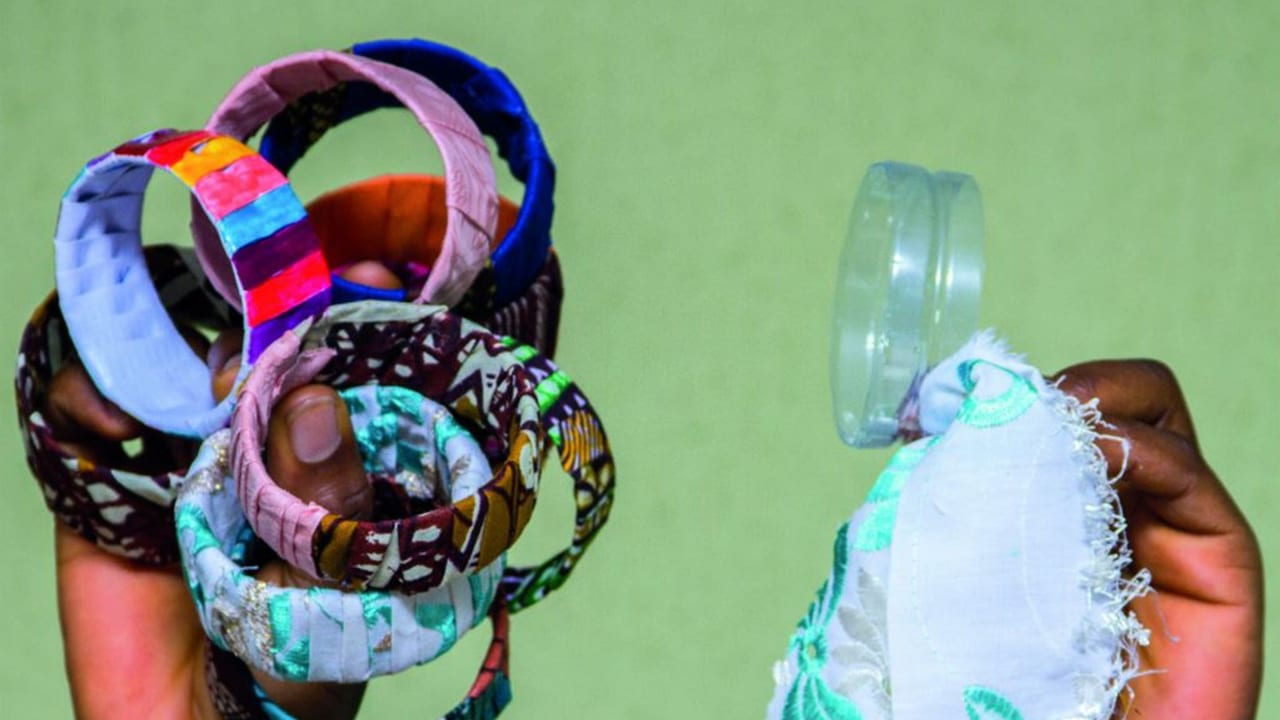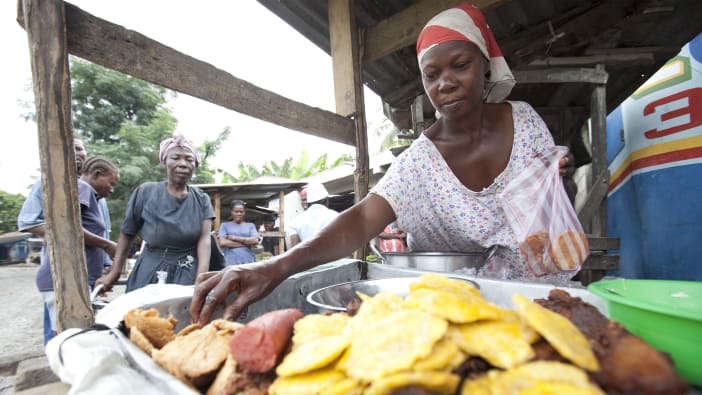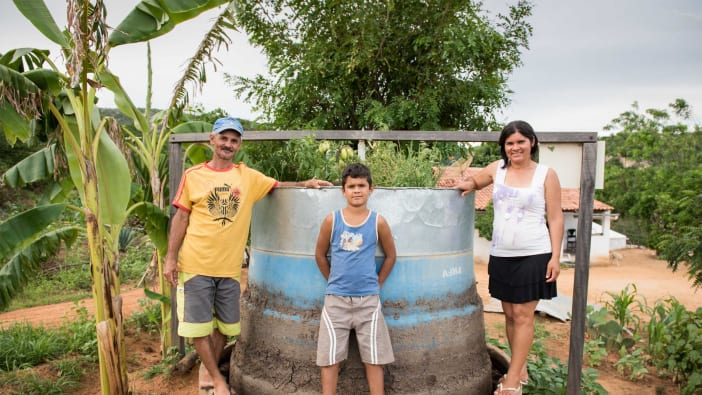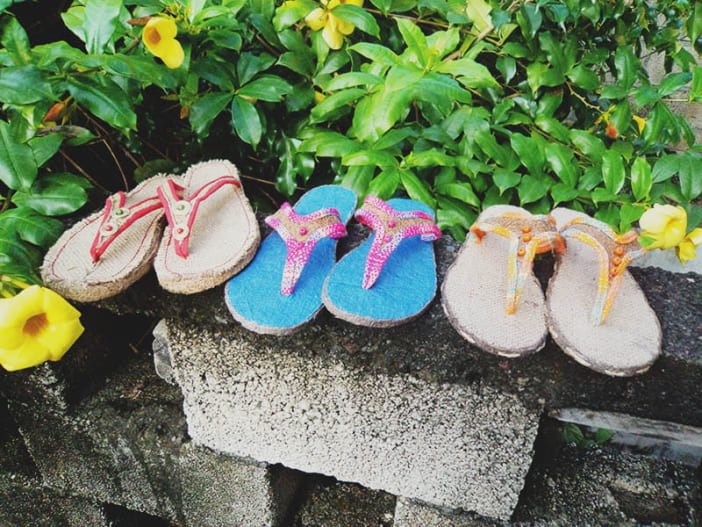Youth unemployment is a huge problem in Nigeria. Half of the country’s population is under the age of 30, and the public sector cannot absorb the huge number of people in need of work.
In Tearfund’s Nigeria office we wanted to find a way to address this issue. As part of our discussions around climate change, we decided to look at ways of turning waste into jobs. We have a massive amount of waste in Nigeria’s urban centres, especially plastic waste.
Inspiring young people
In 2015 we started working with a group of young people. Young people are not set in their ways like adults. They are able to explore and innovate, and are not afraid to fail. Together, we set up the Jos Green Centre. This is a centre for eco-entrepreneurship – that is, businesses based on eco issues, renewable energy or anything that is environmentally friendly. Seventy people are now part of Jos Green Centre, and we have started similar centres in each geopolitical zone of Nigeria.
When the young people come, we do not just send them to work – first, we take them through a Micah Challenge resource called Live Justly. This introduces them to the biblical basis for what they are doing and the importance of advocacy and justice. It helps shape their values. Because it’s not just about jobs; we want to have value-driven youths who enable society to function the way it should.
Even before they finish the Live Justly course, the young people get inspired. They say their eyes are opened. I have seen it happen again and again, and I get so excited. They are able to engage creatively with environmental and other issues.
We held some initial exhibitions where young people displayed the products they had made from waste. This was to show people what was possible. We have taken the products to workshops and events, and the bangles in particular were incredibly popular. Next we are going to train the young people in project cycle management and proposal writing so they can start their own enterprises.
Inspiring those in power
The young people went to ask the local government for permission to collect used flex banners from the streets and make them into plastic shopping bags. When they showed the officials the products they had already made, they were given permission immediately. The officials were really impressed – they even offered to give the young people space in their office.
People are really amazed at how a group of young people can come together and do something with what looks like nothing. We have told the government we plan to set up what we call a Climate Innovation Hub. This will be a place where young people can work on green issues and create products. The government has agreed to give us land and 1.5 million naira (about 4,800 USD) for this.
In the words of the youth, the process so far has been a ‘wow!’ experience. They are surprised – but beyond that, they believe they can do something for themselves now. They can be independent and have a voice.
Visit www.tearfund.org/livejustly to download the Micah Challenge Live Justly course.
How to make a bangle from a plastic bottle
You will need:
- an empty plastic bottle
- scissors
- fabric
- glue
- Take the plastic bottle and cut a ring shape out of it.
- Measure and cut a long rectangular strip of your fabric. Depending on the final style you want, you can either a) measure the same fabric by running it twice around the outside of the ring or b) cut different fabrics that you want to mix and match, running them once each around the outside of the plastic ring.
- Fold over a small bit of one side of the rectangular cloth, to make a neat edge.
- Take the top of the shorter side of the rectangular fabric and glue it to the inside of the plastic ring.
- Then begin to wrap the fabric around the plastic ring, making sure you use the folded edge to hide the straight one. Continue until the entire ring is covered.
- Cut away any excess fabric and tuck in the end of what is left, gluing it to the inside of the ring.
- Let the glue dry for about 40 minutes to 1 hour. Then your bangle is ready to wear.










